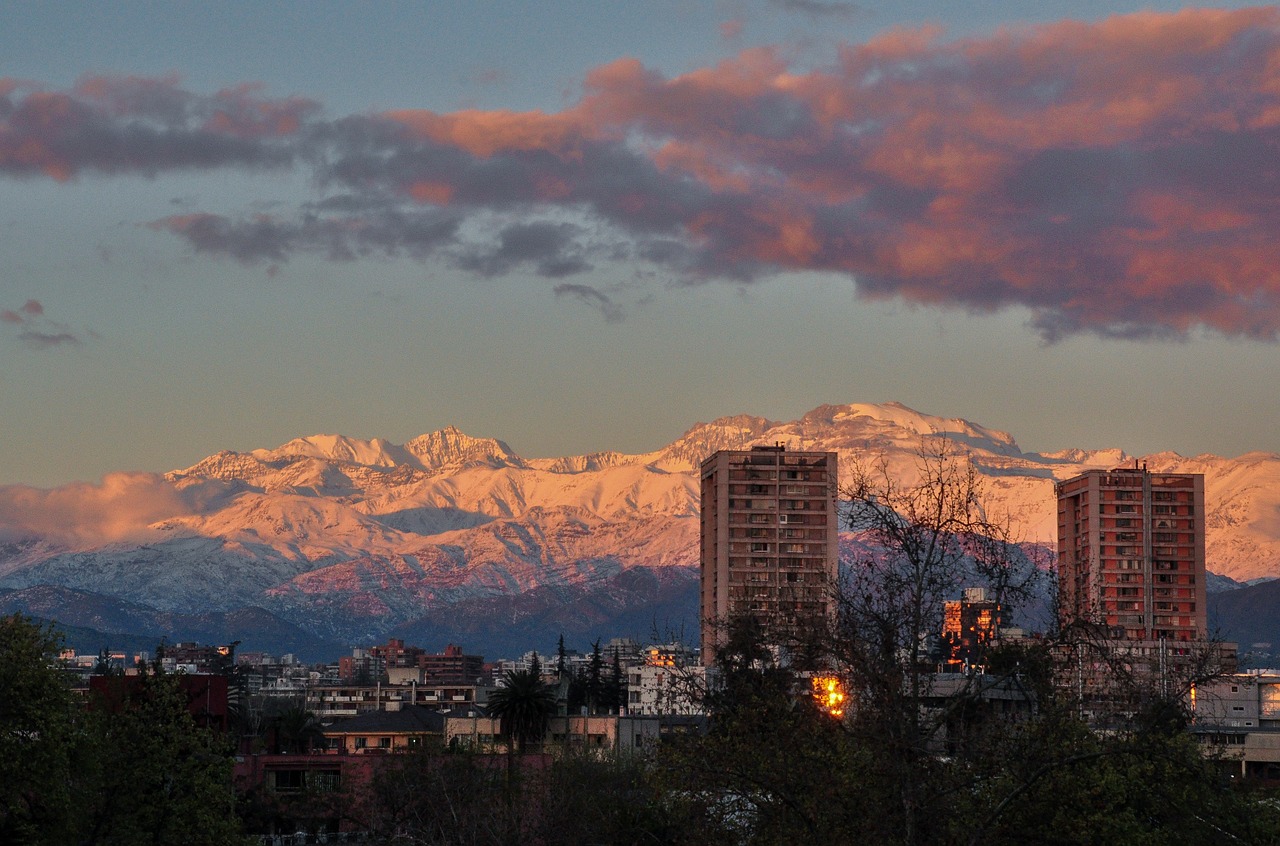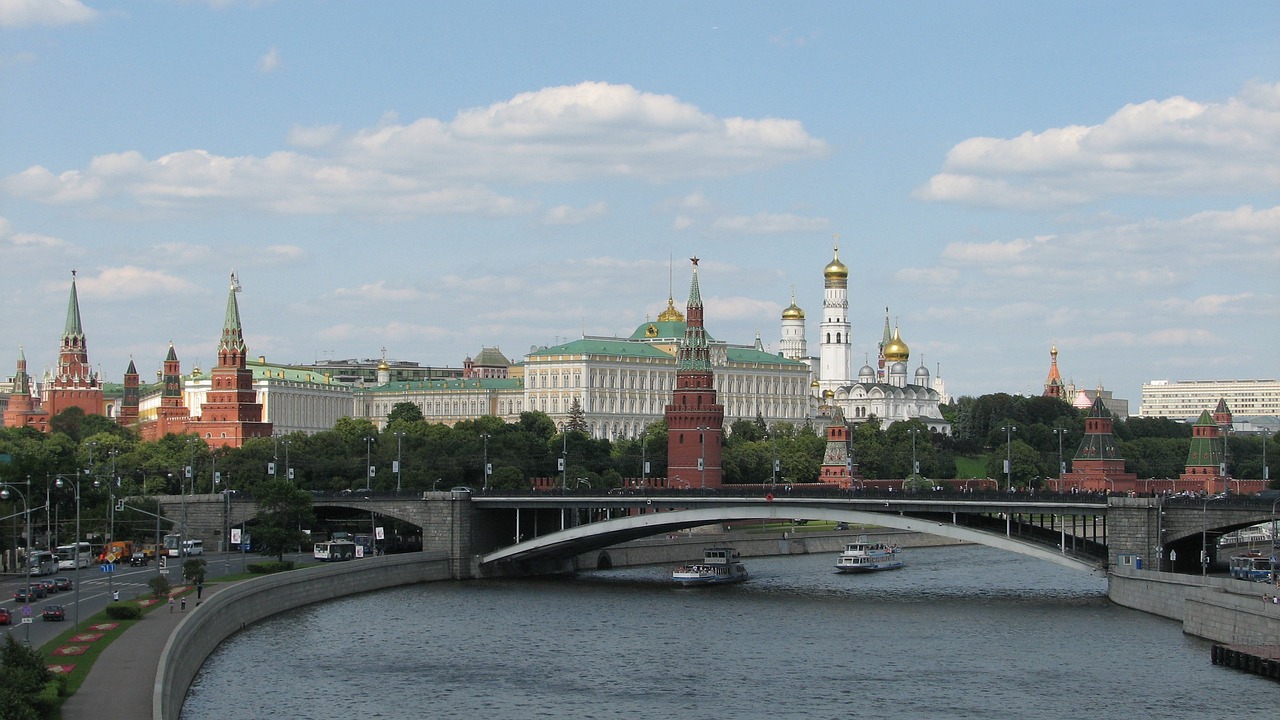Santiago de Chile, often simply referred to as Santiago, is not just the capital city of Chile but also its largest urban center. Nestled in a valley surrounded by the snow-capped Andes and the Chilean Coast Range, Santiago serves as the political, cultural, and economic hub of the country. With a population of over 7 million people, the city is a vibrant mix of old-world charm and new-world sophistication.
The city’s history is as rich as its diverse landscape. Founded in 1541 by Spanish conquistador Pedro de Valdivia, Santiago has grown from a colonial outpost into a bustling metropolis. Its historical significance is evident in the architecture that ranges from colonial-era cathedrals to 19th-century neoclassical structures and modern skyscrapers.
One of the most striking features of Santiago is its public transportation system. The Santiago Metro is South America’s most extensive metro system and serves as the backbone of the city’s public transport. It connects key areas, making it easier for both residents and tourists to navigate the sprawling cityscape.
But Santiago is not just about tall buildings and efficient public transport; it’s also a city that celebrates its culture. The city is home to numerous museums, art galleries, theaters, and artisan markets. The Museum of Pre-Columbian Art, for instance, offers a deep dive into the history and culture of indigenous peoples of the Americas.
For those who prefer the great outdoors, Santiago does not disappoint. The city offers a plethora of outdoor activities, from hiking in the nearby Andes to skiing in world-class resorts like Valle Nevado. The Parque Metropolitano, also known as San Cristóbal Hill, provides a green escape within the city and offers panoramic views of Santiago.
Food is another area where Santiago shines. The city’s culinary scene is a melting pot of influences, from traditional Chilean dishes like empanadas and cazuela to international cuisines. Seafood is a staple, thanks to Chile’s extensive coastline, and the Mercado Central is the go-to place for the freshest catches.
In conclusion, Santiago de Chile is a city that effortlessly combines the old and the new. Whether you’re a history buff, an art enthusiast, an outdoor adventurer, or a foodie, Santiago has something to offer. Its rich history, modern amenities, cultural landmarks, and natural beauty make it a must-visit destination in South America.



